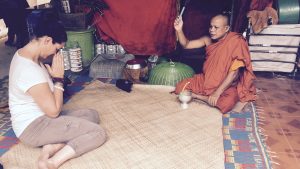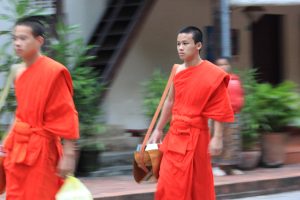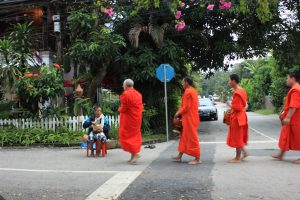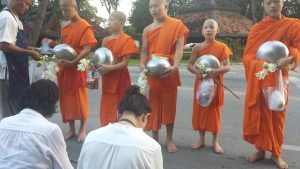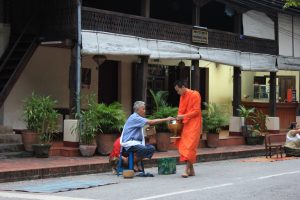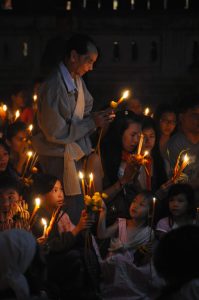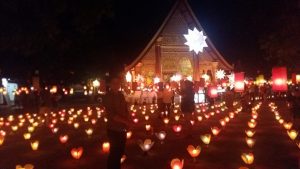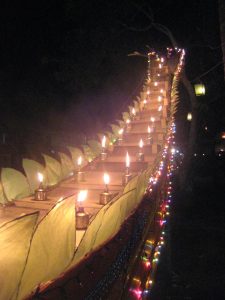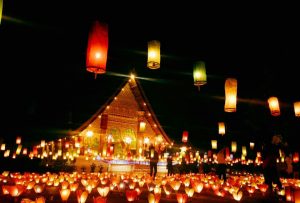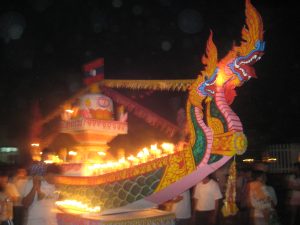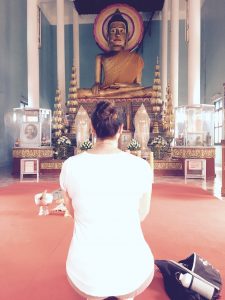
By Andrea Ross
After a whirlwind adventure in Thailand, the kids and I arrived in Siem Reap this week. As always there was a sense of “coming home” as we stepped off the plane, but rather than home we have been spoiled with staying at the amazing Jaya House River Park Hotel. This property has earned a well-deserved blog of its own soon and has already been an amazing partner for Journeys Within. After getting settled and catching up on work emails on the first day, I had a special morning planned with our new Siem Reap Spiritual Tour. While of course the ancient temples such as Angkor Wat are the main draw in Siem Reap, there are also some amazing modern temples here, with unique experiences only available in Siem Reap.
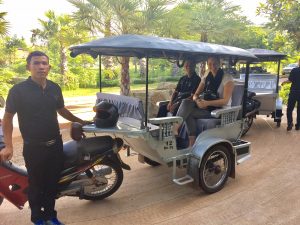
I was met in the morning by Sina and kid-free (they had a fun day with their dad), we set off the for the Fortune-teller’s. I have to start by saying that I’m not the Fortune-teller type…I believe we make our own destinies and I’m always scared that a Fortune-teller will tell me something that then becomes a self-fulfilling prophecy. BUT, my team swears by this man and I’ve felt lately like I could use some guidance! We arrived for our 8:15am appointment and in true Khmer fashion, he wasn’t there! My faith in his powers was severely diminished when he informed Sina he didn’t realize we were there yet and would be back as soon as he could! He showed up a few minutes later on his moto and showed us up to his house…a typical Khmer home on stilts with walls covered in framed photos of his family, him with various military and political leaders and of course, some landscape shots.
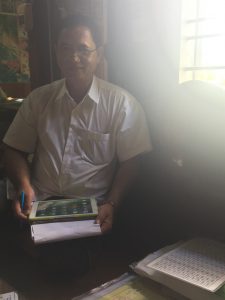

He immediately sat down and asked me for my birthday and then, using his iPad (Is there a Fortune-teller app?) started writing numbers on a piece of paper. And then he started talking and things got real! It was incredible and scary and emotional all at the same time. He is not a palm reader or a clairvoyant; he literally uses birth numbers to tell him the story of your life…past, present and future. So for an hour, a man wearing cargo shorts, a plain white button up shirt, and glasses like my grandpa’s looked at a piece of paper covered in numbers and told me things that he couldn’t have known! It was an eye opening and unique experience and I’m so glad I did it, but I have to admit, I’m still a little shook up. (Good news, I’m going to live a long life and will not only be happy, but will help others and make them happy. Bad news, I’m going to get sick in 3 years and have to go to the doctor a lot. This would all seem silly if he hadn’t been so right on with everything else he said!)

From here Sina took me to a local pagoda in town. The truth is I’ve driven past this pagoda hundreds of times, but never been inside and it was stunning. Still reeling from the fortune teller this was exactly what I need to reset myself and feel calm. A beautiful sitting Buddha fills the main pagoda room, but behind it, hidden away, is a much older reclining Buddha. Beautifully maintained and tucked away as it is, this Buddha is one of my favorites out of the countless that I have seen!

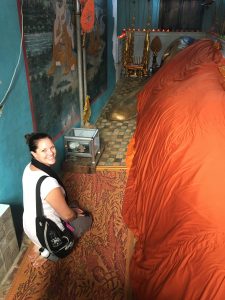
From here we headed to Wat Pho, the largest Wat in Siem Reap. Tiny kittens ran throughout the temple and beautiful carvings adorned the entrance, windows and doors. We explored through the temples and then went to the back where an older monk offered a water blessing. Here a monk chants while sprinkling you with water. At the end he tied a red ribbon around my wrist for good luck.
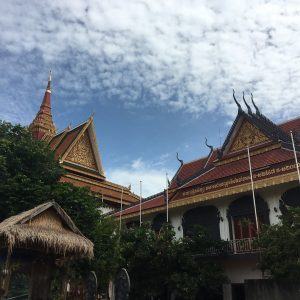

Our last stop of the day was to Sophie’s Healing. I’ve known Sophie for years, from when she was Callie’s French teacher at the International School. Now Sophie runs her own business offering her healing services. Sophie can help with spiritual, emotional and physical ailments and again, as an original non-believer, I have been converted as over the last three years she has helped with various issues I’ve had…a hurt foot, migraines and Couper’s nightmares. This time I needed her help to find peace and with a really sore shoulder…she doesn’t mind doing a little of each as part of the healing. For an hour I lay on her table and I can say that I left feeling at peace.

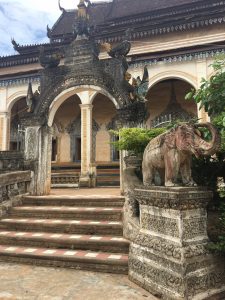
It was an incredible day, experiencing the modern spiritual side of my Siem Reap. We offer all these experiences to guests and while I’m a little nervous about it, I’m also excited. This tour offers a deeply personal day, and is not your typical tour, but at the same time, it was a powerful day and one only possible here. Travel is supposed to open up us and show us new experiences, today it did just that for me.
